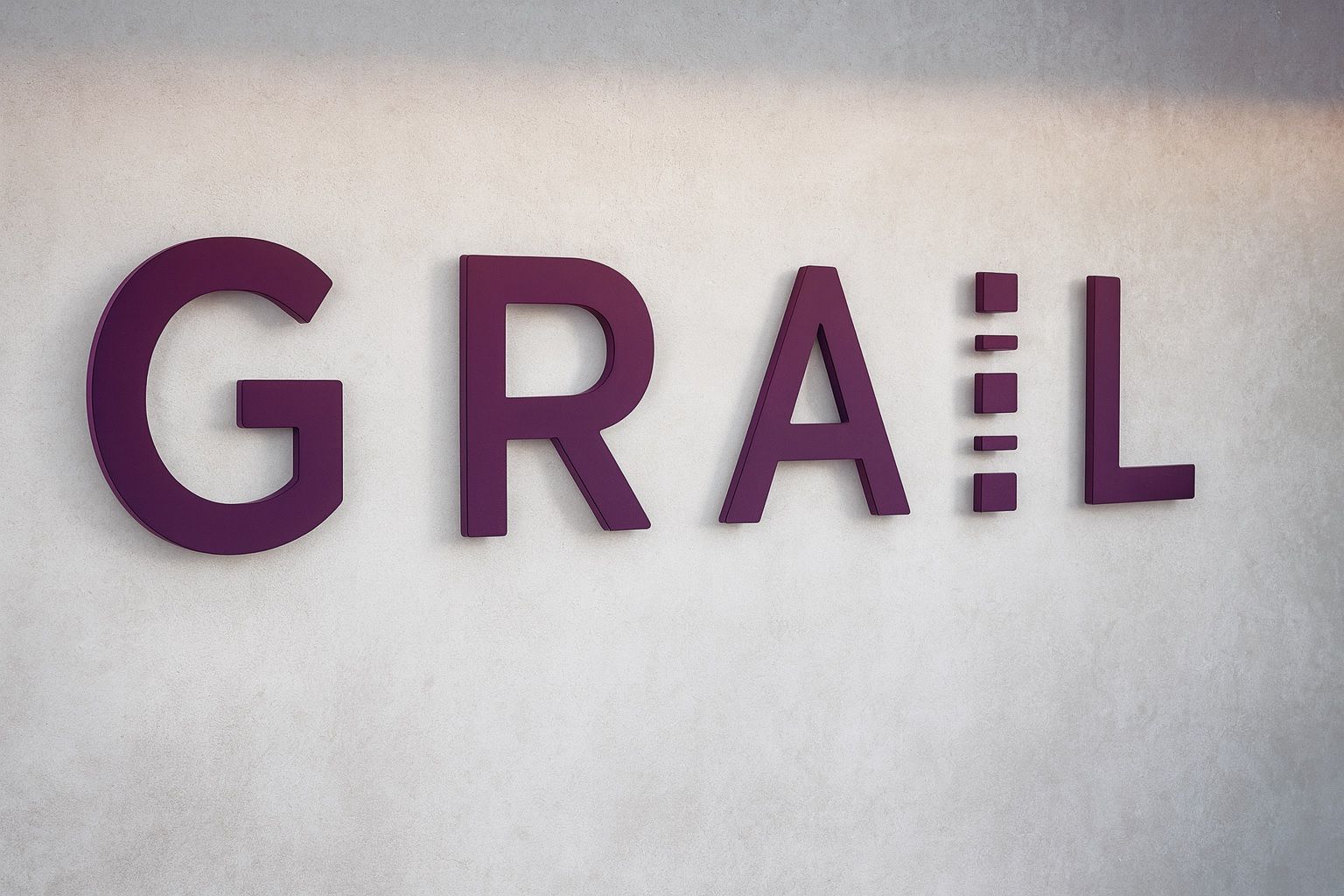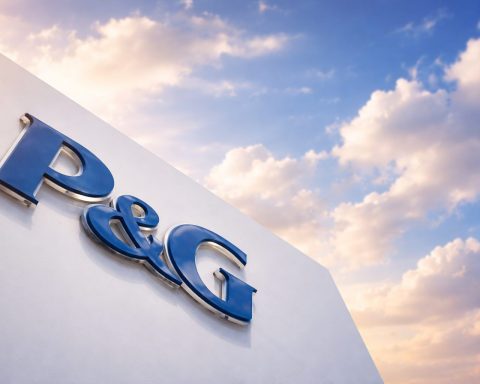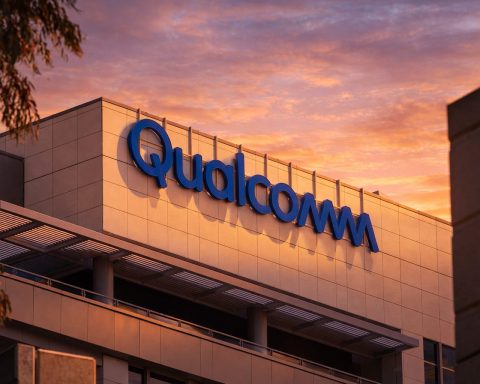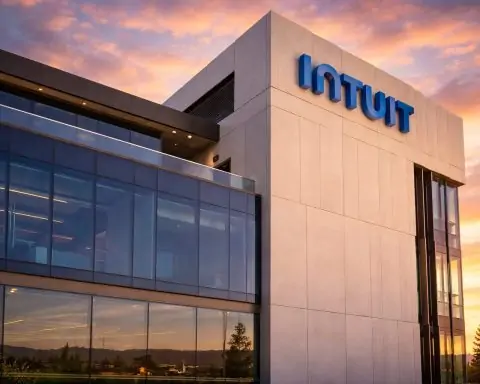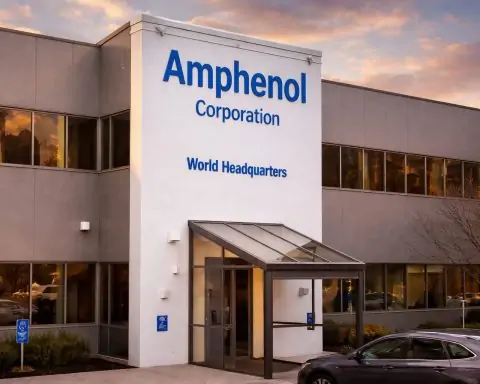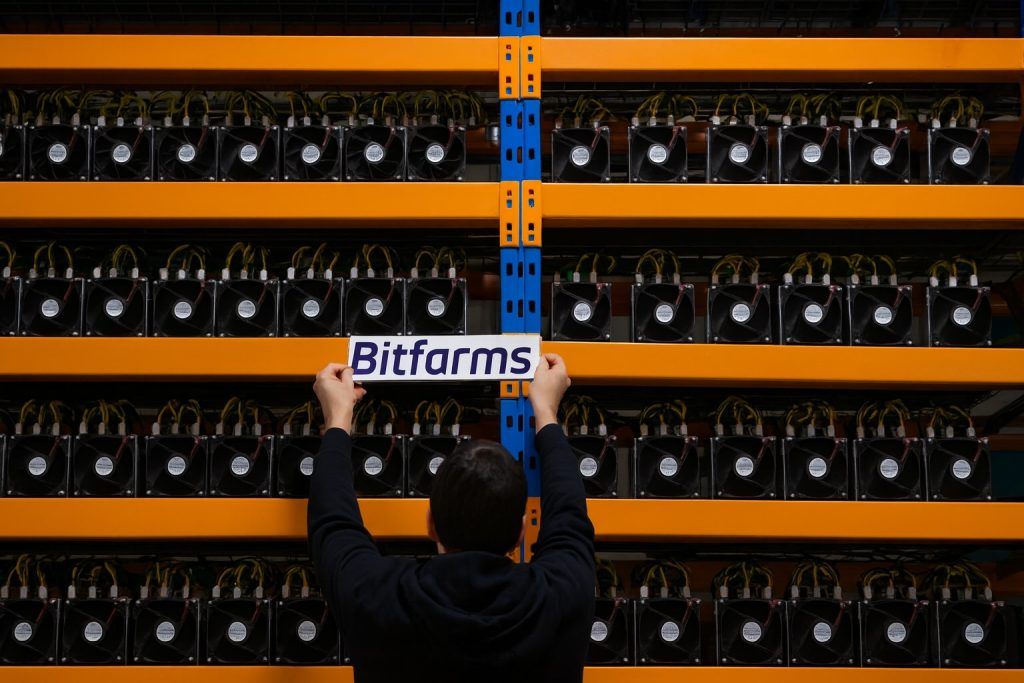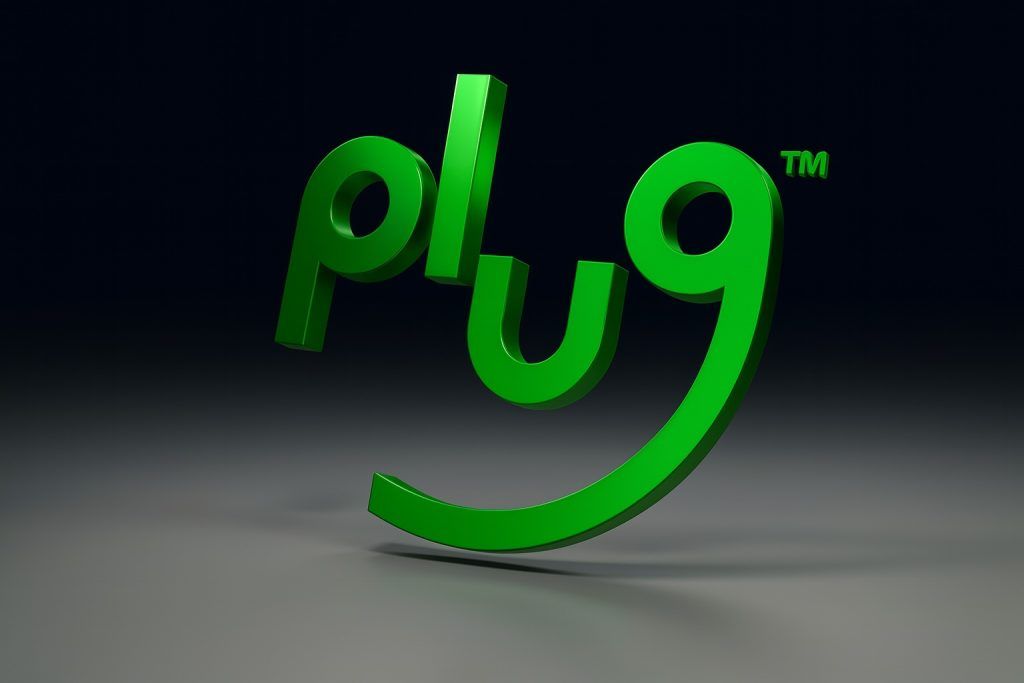- Samsung deal spurs rally: On Oct. 16 GRAIL (NASDAQ: GRAL) announced a strategic alliance with Samsung C&T and Samsung Electronics – including a $110 million equity investment at $70.05/share – to bring its Galleri multi-cancer blood test to South Korea (and later Japan/Singapore) [1] [2]. Shares jumped ~13–14% that day, hitting a record ~$85.35 [3] (part of a year-to-date rise of ~300% to a ~$2.7B market cap).
- Breakthrough data fuels optimism: At the ESMO congress (Oct 17–21), GRAIL reported PATHFINDER 2 trial topline data showing Galleri doubled early cancer detection versus routine screening, with ~99.5% specificity and no major safety issues [4] [5]. Galleri is a blood test screening 50+ cancer types by detecting tumor DNA in the bloodstream [6].
- Mixed analyst views: Despite the enthusiasm, Wall Street remains cautious: most analysts rate GRAL a “Hold” [7]. For example, MarketBeat shows 1 Buy, 3 Hold, 1 Sell (consensus “Hold”) with an average 12-month target of only ~$56.7 [8] – far below the stock’s current ~$78.00. Canaccord Genuity bucked the trend on Oct. 16 by raising its price target from $43 to $75 (buy), citing confidence in GRAIL’s platform and expected trial improvements [9]. Other firms remain concerned about heavy cash burn and regulatory risks.
- Company progress: In Q2 2025 (reported Aug 12), GRAIL posted $35.5M in revenue (+11% YoY) from U.S. Galleri sales, selling ~45,000 tests (up 29% YoY) [10]. Net loss narrowed to $114M (versus $1.5B a year ago after an impairment) [11]. GRAIL had about $606M cash on hand mid-year [12], enough to fund operations into 2028 at current burn rates. The Samsung equity infusion will further extend the cash runway.
- Competitive position: GRAIL’s Galleri is a unique multi-cancer screening test, but it competes in the broader cancer-detection market. Competitors like Illumina (ILMN) and Guardant Health (GH) are much larger and trade differently (see table below). GRAIL’s recent surge places it far ahead of typical biotech valuations, making its near-term outlook a hot topic.
GRAIL’s logo at company headquarters. The Menlo Park biotech specializes in blood-based early cancer screening through its Galleri test [13] [14]. GRAIL, Inc. is focused on early cancer detection – its mission is “to detect cancer early when it can be cured” [15]. The company’s Galleri test analyzes tumor DNA in blood to screen for dozens of cancers in asymptomatic adults. Recently, two developments have driven the stock: Samsung’s strategic deal (announced Oct. 16) and positive trial data (released at ESMO). These moves suggest GRAIL is gaining traction, but they also highlight the challenges ahead in turning cutting-edge science into profit.
Samsung Partnership Sparks Stock Rally
On Oct. 16, GRAIL revealed a binding letter of intent with Samsung C&T and Samsung Electronics [16]. Under the deal, Samsung C&T will invest $110M in GRAIL and become the exclusive distributor of the Galleri test in South Korea (with rights to expand to Japan and Singapore) [17]. Samsung Electronics will invest alongside and explore AI/health data collaborations with GRAIL [18] [19]. This strategic alliance was immediately rewarded by investors: GRAL stock surged ~13–14% on Oct. 16, closing near $85.82 [20] [21] (roughly $300M added in market value) as the broader market fell. Reuters noted, “Shares of Grail rise 13% to $85.35, hitting record high” on the announcement [22]. The trading rally set a new 52-week high and followed a preceding multi-day rise tied to Samsung rumors [23]. By Oct. 17 the stock had pulled back somewhat (closing ~$78 [24]), but the jump highlighted renewed investor interest.
Samsung executives hailed the deal as a milestone. Jaywoo Kim, EVP of Samsung C&T, said this partnership “provides Samsung with a strong foothold for expanding into the cancer screening field,” emphasizing Galleri’s promise [25]. GRAIL’s Sir Harpal Kumar (President, International) noted that Samsung’s “significant equity investment strengthens our balance sheet and provides further cash runway” as GRAIL pushes toward regulatory and reimbursement milestones [26]. In short, Samsung’s financial backing and distribution network could accelerate Galleri’s Asian rollout, which is viewed as a major validation of GRAIL’s technology.
Promising Cancer-Detection Data
The Samsung news wasn’t the only catalyst. In early October, GRAIL announced top-line results from PATHFINDER 2, a large-scale trial of Galleri screening in ~25,000 adults [27]. These data – presented at ESMO (Oct 17–21) – showed that adding the Galleri blood test to standard age-based screenings “doubled the number of cancers detected” versus screening alone, at an exceptionally high specificity (~99.5%) [28]. In other words, Galleri caught roughly twice as many early-stage cancers compared to conventional methods, with very few false positives reported. Investors regard these findings as a breakthrough. As Reuters explained, “Galleri is a blood test that screens for over 50 types of cancer by detecting abnormal DNA shed by tumors,” making it a potential “holy grail” in oncology [29].
GRAIL’s leadership sees this data as a key step toward regulatory approval. The company plans to use the PATHFINDER 2 results in its ongoing FDA Pre-Market Approval (PMA) application (expected mid-2026) and to support future cancer-screening guidelines. Earlier in 2025, GRAIL also announced partnerships (with Everlywell, Rush University, etc.) to expand Galleri access, but the PATHFINDER breakthroughs arguably carry the most weight for long-term adoption.
Financial Performance and Outlook
GRAIL remains a high-burn biotech: in Q2 2025 it generated $35.5M in revenue, up 11% year-over-year, driven by U.S. Galleri test sales [30]. The 45,000+ tests sold in the quarter (a 29% gain) reflect growing consumer and clinician interest. However, the company is still unprofitable – Q2 net loss was $114.0M (versus a $1.54B loss a year earlier, which included a massive impairment) [31]. Management has guided that existing cash (including recent capital raises) should fund operations into 2028 under current plans.
Despite top-line growth, GRAIL’s balance sheet and earnings remain under scrutiny. Analysts note the company’s long-term viability depends on achieving payer reimbursement and wider test adoption before cash runs low. GRAIL does not yet pay dividends or show positive free cash flow. Its enterprise value (~$2.2B) and cash on hand (~$600M) imply a tight runway, which partly explains why many investors remain cautious even as the share price climbs.
Analyst Ratings and Forecasts
Market experts offer mixed views on GRAL stock. Canaccord Genuity is bullish: analyst Kyle Mikson maintained a Buy rating and lifted his 12-month target from $43 to $75 on Oct. 3 [32]. Canaccord cited confidence in GRAIL’s platform and the expectation of “substantially higher” predictive value in PATHFINDER data [33]. Similarly, UBS also set a $75 target in early October.
However, other analysts are more wary. In mid-October, Weiss Ratings reaffirmed a Sell rating, and several firms simply have Holds on GRAL. According to MarketBeat, the consensus (1 Buy, 3 Holds, 1 Sell) implies an average price target around $56.7 [34]. MarketBeat notes this average is about 27% below the stock’s October price [35], reflecting skepticism that GRAIL can justify its recent valuation without further breakthroughs. (A Zacks survey similarly spans $38–$75 among 5 analysts, averaging to a modest drop from current levels.)
In short, most Wall Street research ranks GRAL as a hold or reduce. TechStock² (TS2) also observed that analysts’ targets (~$30–50) are “well below current prices” [36]. This gap highlights the risk: if trial data or commercial ramp-up disappoint, the stock could correct. On the other hand, TS2 notes GRAIL’s stock has “strong revenue growth and positive developments” supporting momentum [37]. (TipRanks’ AI analysis currently scores GRAL “Neutral” due to mixed signals.)
GRAIL’s Business and Innovation
GRAIL’s flagship Galleri test is its main revenue engine. Galleri is unique in the market: it can detect abnormal DNA markers from over 50 cancers in a single blood draw [38], versus most screening tests which target one or two cancers. GRAIL sells Galleri direct-to-consumer (U.S.) and through providers, with insurance coverage gradually expanding. It also invests in ongoing trials (like PATHFINDER and REFLECTION) to validate Galleri in different patient groups [39].
Beyond Galleri, GRAIL’s R&D pipeline focuses on refining multi-cancer tests and exploring applications in younger populations. However, the company has no other approved products yet. Its parent company (spun out of Illumina) has positioned GRAIL as a leader in multi-cancer screening, but success hinges on achieving broad regulatory approvals, winning payer reimbursement, and competing against incumbents.
Competitor Comparison
| Company (Ticker) | Market Cap | 1-Year Stock Change | Trailing P/E |
|---|---|---|---|
| GRAIL (GRAL) | $2.81 B [40] | +321% [41] | N/A (loss) |
| Illumina (ILMN) | $14.68 B [42] | –33.7% [43] | 12.1 [44] |
| Guardant Health (GH) | $8.16 B [45] | +200% [46] | N/A (loss) |
Data: StockAnalysis.com, TS2.tech, MarketBeat (Oct. 2025).
In comparison, Illumina (ILMN) is a much larger genomics leader ($14.7B market cap) whose stock is down ~34% over the past year [47] (P/E ≈12) after peaking on earlier lab-tech hype. Guardant Health (GH) ($8.2B cap) is a rival in liquid biopsy; it has risen strongly (~+200% year-over-year) as cancer-screening stocks rallied, but it still has no profit (no meaningful P/E). Both peers have far greater revenues than GRAIL and are well-established in sequencing and diagnostics, whereas GRAIL is still proving its business model.
Expert Commentary and Outlook
Opinions on GRAIL’s future remain split. Bullish investors argue the recent developments validate GRAIL’s vision. They point to Samsung’s backing and the PATHFINDER data as evidence that multi-cancer screening is gaining mainstream traction. With Galleri’s capability to catch numerous cancers early, proponents say the long-term growth potential is enormous – a true “holy grail” of oncology prevention [48]. Some speculate the stock could continue rising if GRAIL secures FDA approval (in late 2026 or beyond) and expands globally.
Skeptics counter that GRAIL’s valuation is detached from fundamentals. The company still loses hundreds of millions annually, and only a tiny fraction of targeted patients currently use Galleri. Analysts warn the stock “hype” may have outpaced reality [49] [50]. Key challenges include convincing insurers to cover Galleri for average-risk patients, and fending off competition (e.g. Guardant’s multi-cancer test and potentially other entrants). If reimbursement stalls or data disappoints, the share price could retreat sharply.
In the short term, watch the upcoming news flow: any FDA guidance or payer updates will move the stock. Also, final ESMO data presentations and commentary from GRAIL management (e.g. on reimbursement timelines) will be catalysts. Analysts’ ratings will likely stay mixed until sustained earnings progress or further breakthroughs. Over the long term, GRAIL’s fate depends on Galleri becoming a routine screening test (and expanding to new indications). If that vision materializes, GRAIL could justify its premium valuation. If not, the stock risks reverting to its underlying fundamentals.
Sources: Recent developments and figures are drawn from GRAIL’s official releases and financial reports [51] [52], news coverage by Reuters and MarketBeat [53] [54], analysis by TechStock² (TS2.tech) and others [55] [56] [57], and stock-data sites (StockAnalysis.com, MarketBeat) [58] [59] [60]. Each fact is linked to its source above.
References
1. news.samsung.com, 2. www.tradingview.com, 3. www.tradingview.com, 4. ts2.tech, 5. ts2.tech, 6. www.tradingview.com, 7. ts2.tech, 8. www.marketbeat.com, 9. www.tipranks.com, 10. ts2.tech, 11. ts2.tech, 12. ts2.tech, 13. news.samsung.com, 14. www.tradingview.com, 15. news.samsung.com, 16. news.samsung.com, 17. news.samsung.com, 18. news.samsung.com, 19. news.samsung.com, 20. www.tradingview.com, 21. ts2.tech, 22. www.tradingview.com, 23. ts2.tech, 24. stockanalysis.com, 25. news.samsung.com, 26. news.samsung.com, 27. ts2.tech, 28. ts2.tech, 29. www.tradingview.com, 30. ts2.tech, 31. ts2.tech, 32. www.tipranks.com, 33. www.tipranks.com, 34. www.marketbeat.com, 35. www.marketbeat.com, 36. ts2.tech, 37. www.tipranks.com, 38. www.tradingview.com, 39. simplywall.st, 40. stockanalysis.com, 41. www.tipranks.com, 42. stockanalysis.com, 43. stockanalysis.com, 44. stockanalysis.com, 45. stockanalysis.com, 46. stockanalysis.com, 47. stockanalysis.com, 48. ts2.tech, 49. ts2.tech, 50. simplywall.st, 51. news.samsung.com, 52. ts2.tech, 53. www.tradingview.com, 54. www.marketbeat.com, 55. ts2.tech, 56. ts2.tech, 57. www.tipranks.com, 58. www.marketbeat.com, 59. stockanalysis.com, 60. stockanalysis.com
